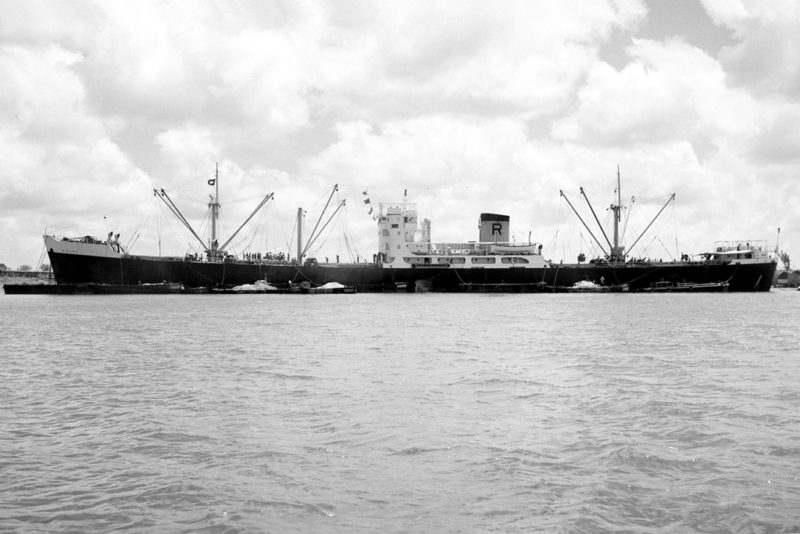
Daniel Stephens was a contemporary shipmaster of Capt. Walter Runciman, coming ashore in 1871 when he was 30 years old after a sea-going career of 15 years to commence shipowning in Newcastle, and taking over the business of Charles West. He married Mary Kendrick of Brixham at the same time and took her brother William V. Kendrick as partner together with Roland Mawson a year later.
Their first steamer was ordered from Robert Thompson of Sunderland and delivered in 1874 as Rayner, followed by Rowland and Rossend Castle from Bartram, Haswell & Company in 1874/75. These tramps were large enough to compete in the ‘Eternal Triangle’ trade of coal out to the Mediterranean with grain homewards from the Black Sea, as well as other world-wide tramping.
William V. Kendrick was despatched in 1877 to Newport to open an office there to obtain charters more easily in the South Wales export coal trade. However he died early in 1878, leaving the Newcastle partnership as Stephens & Mawson, while a separate subsidiary was formed in Newport of Stephens, Mawson & Goss with F.A. Goss of Newport as partner, together with Arthur Mawson, younger brother of Roland. A fleet of smaller tramps was purchased for the Newport subsidiary starting with Verdi, acquired almost new from a North Shields owner in 1880.
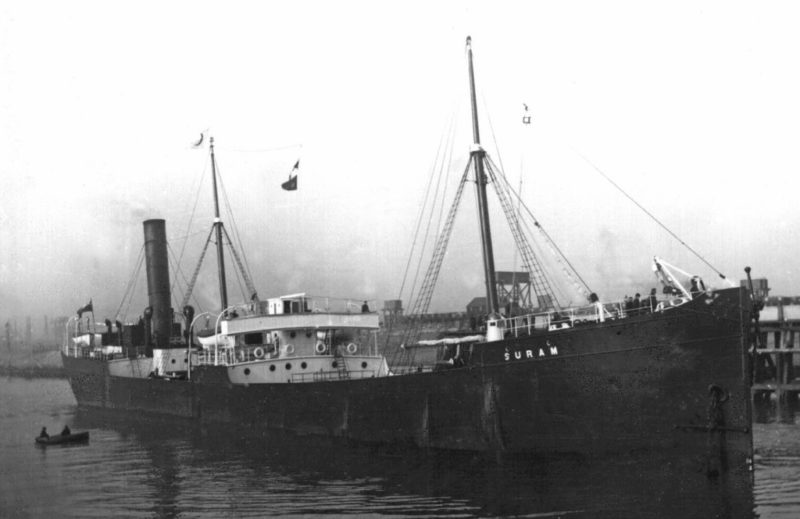
The main Newcastle fleet continued to grow in strength and had reached a total of nine tramps in 1884, when the first in a long line of tramps from Blyth SB & DD Co. Ltd. was delivered as Rothiemay. Daniel Stephens eventually gained control of this yard, becoming a director and Chairman. A slump hit the tramp trades between 1886/88 and three tramps from Charles Tully of Newcastle, who had ceased to trade, were managed until 1904. A further reorganisation took place in 1887 with the formation of the Red ‘R’ Steamship Co. Ltd., and all the Newcastle tramps except the ex-Tully vessels were registered under this company. This company had a nominal capital of £220,000 divided into 20,000 shares of £11 each, with 40% of the shares taken up by the end of 1887, when a red ‘R’ had been painted on the black funnels to possibly signify Roland Mawson or Robert Stephens, Daniel’s brother.

In 1889 Stephens & Mawson along with Prince Line and Hunting and others became one of the first British companies to ship oil in bulk when they took delivery of Kura from Armstrong, Mitchell & Co. Ltd. She was joined a few months later in August 1889 by a slightly smaller tanker Rion with both ships actually owned by Bessler, Waechter & Company of London and Newcastle. Two further tankers for the same owners followed in 1893, Suram from the Laing yard on the Wear and Aras from Palmers on the Tyne. This quartet could lift around 15,000 tons of oil at a time out of the Black Sea or Eastern seaboard/U.S. Gulf ports.
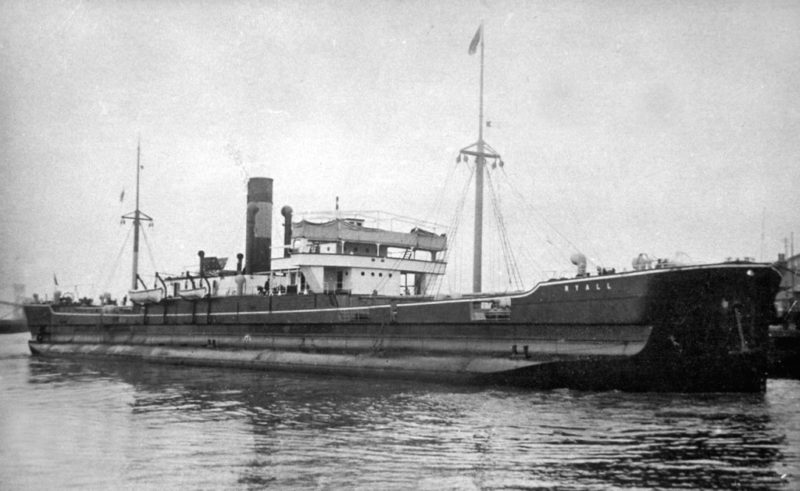
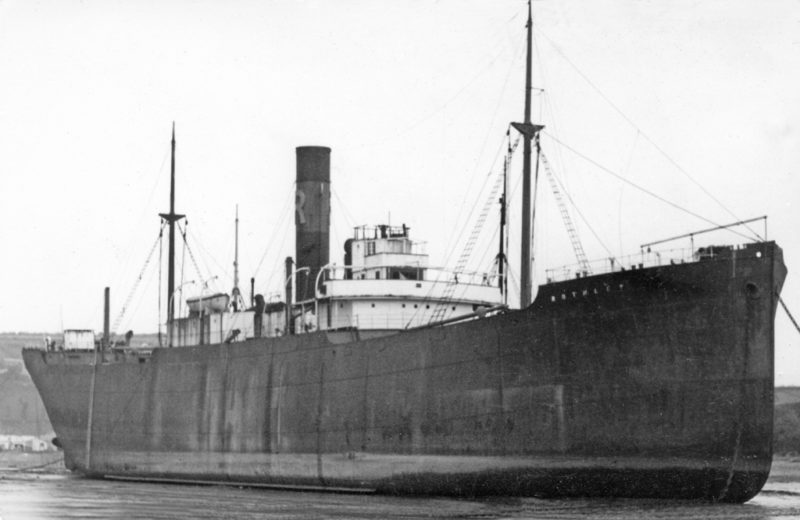
The sharply increasing size of dry-cargo tramps was shown in March 1893 when the first new tramp was delivered to the Red ‘R’ company from Tyne Iron SB Co. Ltd. William Storrs could carry 5,000 tons of cargo and the same yard delivered Sirdar of the same size in January 1899.
At the turn of the century, the size of the two tramp fleets at Newcastle and Newport was:-
Stephens & Mawson, Newcastle – 6 tramps, 4 tankers
Stephens, Mawson & Company, Newport – 4 tramps

Subscribe today to read the full article!
Simply click below to subscribe and not only read the full article instantly, but gain unparalleled access to the specialist magazine for shipping enthusiasts.
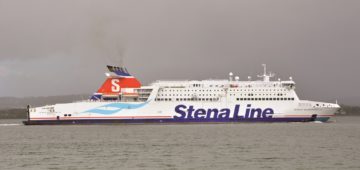




Comments
Sorry, comments are closed for this item